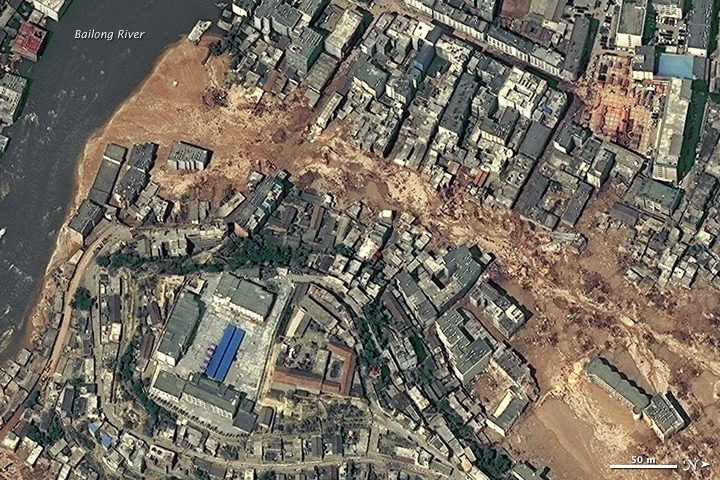What is Drip
Irrigation?
Drip irrigation, also known as trickle irrigation, is an irrigation method
that saves water and fertilizer by allowing water to drip slowly to the roots of plants,
either onto the soil surface or directly onto the root zone
What is Sprinkler?
A
sprinkler is a device that sprays water and used usually used for watering
lawns.
What is Surface Irrigation?
The process of surface irrigation can be described using four
phases. As water is applied to the top end of the field it will flow or advance
over the field length. The advance
phase refers to that length of time as water is applied to the top
end of the field and flows or advances over the field length. After the water
reaches the end of the field it will either run-off or start to pond!
Pros and cons of Drip Irrigation
Benefits:
·
Concentrating your irrigation to specific plants
prevents weeds from germinating nearby
·
Retaining the moisture at the soil level also
reduces water loss to wind and evaporation
·
Maintain a healthy soil environment for optimal
growth
·
With less runoff into local drains, your soil
remains full of critical nutrients
Drawbacks:
·
Improper drip irrigation installation often
culminates into poor root development
·
Although irrigation filters stop debris from
clogging tubes, your system still needs a periodic flushing to remove mineral
buildup.
·
Maintain a consistent mulch covering across your
tubing
Pros and cons of Sprinkler
Benefits:
·
Sprinklers can cover large areas
·
Can work at low pressures, saving energy
·
Time saver
·
Automatic sprinklers offer programmable controllers
·
When there’s enough water on the soil from rain showers
don’t need use the sprinkler
Drawbacks:
·
Manual sprinklers require people to open the valve
and have to manually set it up each time
·
Water can run off into the yard
·
Certain areas in the yard can be missed for
watering
·
Equipment is expensive so to ensure it operates efficiently
can cost a lot
·
Need to take care in windy conditions
Pros and cons of Surface irrigation
Benefits
·
Minimal capital investment or energy costs
·
Less affected by climatic
·
Draw backs
·
Tend to be labour intensive
·
Applying light, frequent irrigation early and late in the season
is very difficult.
·
Less efficient than other systems
·
Drainage can also be a problem in some circumstances
I believe the farmer should use
the sprinkler method. It may be costly but it can water his or her crops at one
time. The sprinkler can cover up more areas of crops for watering. And if he or
she decides to get an automatic sprinkler he can set up a time for the plants
to get watered. That way the plants are never dehydrated. It saves the farmer’s
time so he can worry about other things on his land instead of worrying about if
his plants are going to survive or not.




